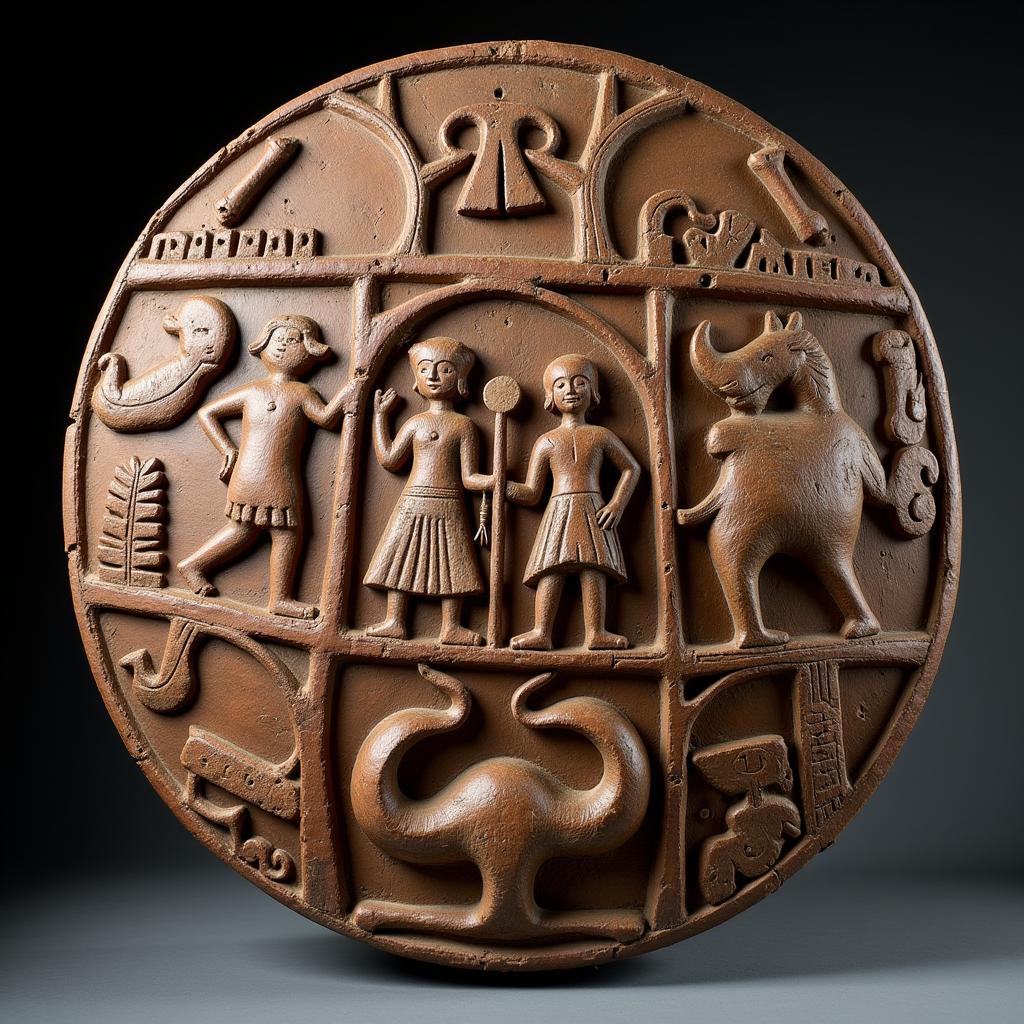African Banknotes for Sale: A Collector’s Guide
The allure of collecting African banknotes is undeniable, offering a window into the continent’s rich history, diverse cultures, and fascinating economies. If you’re looking to embark on this collecting journey, you’ve come to the right place. This comprehensive guide will delve into the world of African banknotes, providing insights into their value, history, and the best ways to start your collection.
Why Collect African Banknotes?
There are several compelling reasons why collecting African banknotes is a rewarding hobby:
- Historical Significance: Each banknote tells a story, reflecting pivotal moments in the history of a country or region. You can trace the evolution of a nation’s identity, economic policies, and social changes through its currency.
- Artistic Value: African banknotes often feature stunning designs, incorporating traditional motifs, historical landmarks, and portraits of influential figures. These intricate works of art make collecting a visually captivating experience.
- Cultural Diversity: The continent’s diverse cultures are showcased through the banknotes’ unique themes, symbols, and languages. Collecting African banknotes allows you to explore the vast tapestry of African cultures.
- Investment Potential: Some African banknotes, especially older or rare issues, can hold significant monetary value. This makes collecting a potential investment opportunity.
Understanding African Banknote Values
The value of an African banknote is determined by several factors:
- Rarity: As with any collectible, rarer banknotes are generally more valuable.
- Condition: Banknotes in pristine condition, free from damage or wear, are worth more than those with imperfections.
- Historical Significance: Banknotes that commemorate important events or depict influential figures are often more valuable.
- Demand: The demand for specific banknotes can fluctuate based on collector interest and market trends.
Getting Started with Your African Banknote Collection
Here’s a step-by-step guide for beginners:
- Identify Your Interests: Start by exploring the banknotes of countries or regions that pique your interest. Consider factors like historical significance, cultural relevance, or simply aesthetic appeal.
- Research and Learn: Utilize online resources, books, and specialized forums to gain knowledge about the banknotes you’re interested in. Learn about their history, issuing authorities, and factors that influence their value.
- Start Small: Don’t feel pressured to start with expensive or rare banknotes. Begin with readily available notes to build your collection gradually.
- Join a Community: Connect with other collectors through online forums or local clubs to share your passion, seek advice, and discover new banknotes.
- Organize Your Collection: Create a system to organize your collection effectively. This could involve using albums, display cases, or even a digital catalog.
Tips for Buying and Selling African Banknotes
- Reputation: Always buy from reputable sources like auction houses, dealers, or online marketplaces with established credentials.
- Authenticity: Be cautious of counterfeit notes. Examine the banknotes carefully for signs of authenticity, such as security features and accurate printing.
- Condition: Assess the condition of banknotes before purchasing them. Look for signs of wear, damage, or alterations.
- Pricing: Research current market values for the banknotes you’re interested in. Don’t overpay, but be prepared to pay a premium for rare or highly sought-after notes.
The Fascinating History of African Banknotes
Africa’s history of currency is as diverse as the continent itself. Early forms of currency included cowrie shells, salt, and metal bars. The introduction of paper money began in the late 19th and early 20th centuries, with colonial powers issuing banknotes for their territories.
After gaining independence, many African countries established their own central banks and began printing their own banknotes. These notes often reflected the newly formed nations’ aspirations for progress, self-reliance, and cultural pride.
Notable African Banknotes: A Glimpse into History
Here are some iconic African banknotes that showcase the continent’s rich history and cultural heritage:
- South African Rand (1961): This banknote features a portrait of Jan van Riebeeck, a Dutch settler who established the first European settlement at the Cape of Good Hope.
- Ghanaian Cedi (1958): The Ghanaian Cedi was the first currency issued by an independent African nation after World War II. Its design features a portrait of Kwame Nkrumah, Ghana’s first president.
- Nigerian Naira (1959): The Nigerian Naira features a depiction of the Queen’s Head and a picture of the National Coat of Arms.
Conclusion
Collecting African banknotes is a captivating hobby that offers a journey into the continent’s history, cultures, and economics. Whether you’re drawn to the artistic beauty, historical significance, or investment potential of these unique pieces, there’s something for every collector. By following the tips outlined in this guide, you can begin your own exploration of the fascinating world of African banknotes.
Note: This is an example response, providing a basic structure and content. You can further expand on this information, adding more details, examples, and personal anecdotes to make it more engaging and informative.




